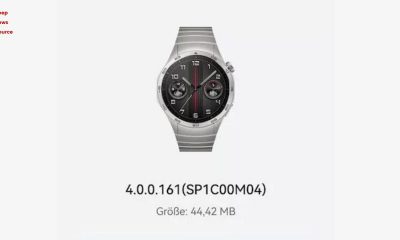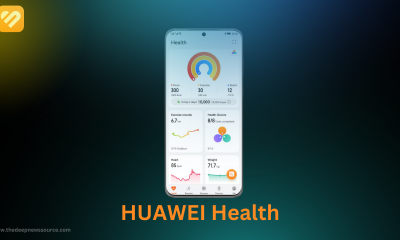Google Pixel
DxOMark praises the photographic qualities of the Google Pixel 6a
Generally, smartphones below 500/600 euros hardly offer high-level photographic performance, apart from Google devices that manage to achieve above-average results thanks to the company’s powerful image enhancement algorithms.
It is therefore not surprising that the newborn Google Pixel 6a achieved excellent results in the photographic tests conducted by the DxOMark platform.
Google Pixel 6a proves to be an excellent smartphone for photos
In the ranking drawn up by DxOMark with the best smartphones for taking pictures in the price range between 400 and 600 euros, the Google Pixel 6a took second place with a score of 130, just behind the more expensive Google Pixel 6.
![]()
It should be noted that new smartphones from Google priced at one thousand euros, such as the Huawei P50 Pro (144 points) or iPhone 13 Pro (137 points), also occupy the third place in the same price range. The iPhone SE 2022 and Xiaomi Mi 10T Pro are on par with 12 points less than the 5G.
DxOMark rewards good photo and video quality, in particular, the sharpness of objects in the background, good performance combined with good HDR work, faithful colors, and effective video stabilization.
Platform-wise, the zoom, abundant noise in shadows, loss of quality in details compared to Google Pixel 6, and quality of photos can be improved in low light conditions.
Google Pixel
The Google Pixel 8 Pro has passed IMDA certification and is expected to be released on October 4

The Google Pixel 8 Pro has passed IMDA certification and is expected to be released on October 4, 2023. The phone is expected to come with 5G, 4G, UWB, WPT, and NFC connectivity features. The phone is expected to be a high-end device with a powerful processor and a large battery capacity. It is also expected to have a high-quality camera and a large display screen. The phone is expected to be available in multiple colors and storage options.
Google recently shared two preview videos, providing a sneak peek at the upcoming products set to be unveiled at their upcoming conference. These teasers revealed some highly anticipated releases, including the Pixel 8 series, Pixel Watch 2, and the all-new Pixel Buds Pro headphones. These videos have generated significant excitement among tech enthusiasts, setting the stage for the much-anticipated event.
A few days ago, the Pixel 8 Pro device also received certification from REL Canada and also received FCC certification.
![]()
According to previous reports, the Google Pixel 8 Pro is expected to come with a 6.7-inch LTPO OLED display with QHD+ resolution and 120Hz refresh rate. The phone will be equipped with a Tensor G3 chip and up to 12 GB of memory and 512 GB of storage space. It will have a built-in 4,950mAh battery and support 27W fast charging and wireless charging.
In other aspects, the phone is expected to use a rear three-camera design, including a 50MP main camera, a 64MP ultra-wide-angle lens, and a 48MP telephoto lens, and an 11MP front-facing selfie camera. The phone is expected to be available in multiple colors and storage options.
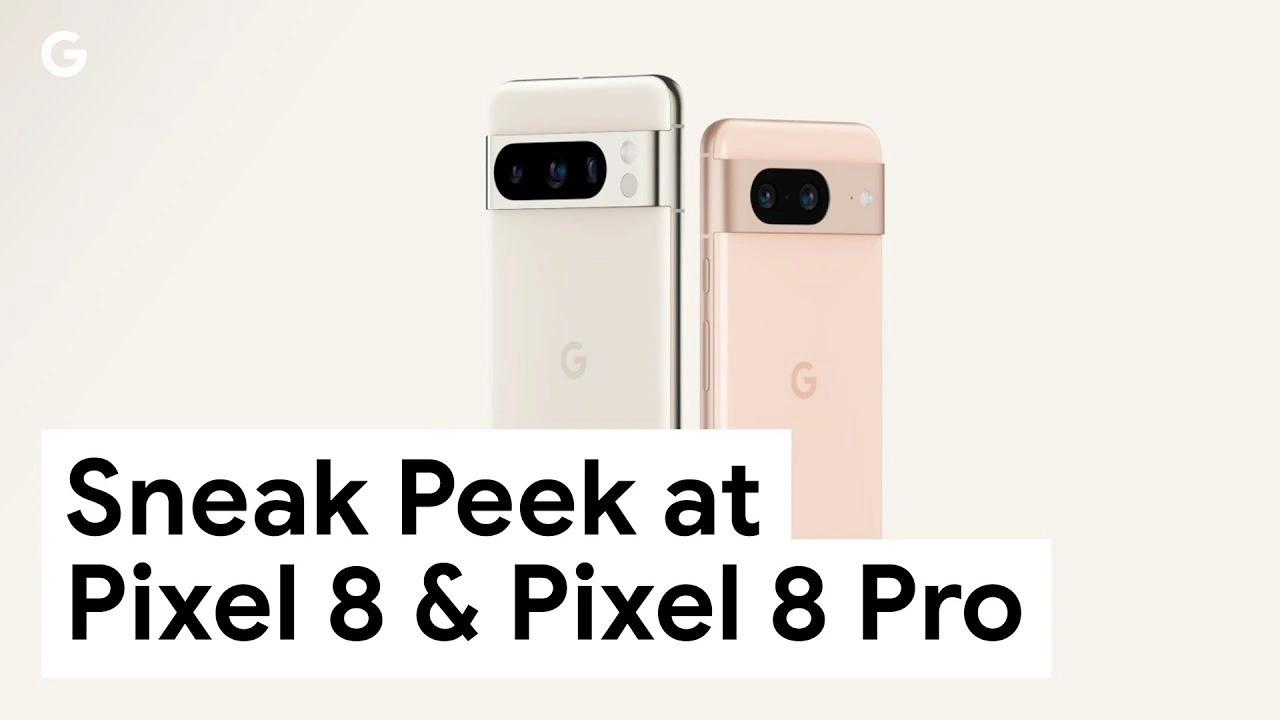
-
128GB is priced at 874.25 euros (IT House note: currently about 6784 yuan), and the price excluding tax is 710.77 euros
-
The price of 256GB is 949.30 euros (currently about 7367 yuan), and the price excluding tax is 771.79 euros.
Google will launch three storage options for Pixel 8 Pro: 128GB, 256GB, and 512GB. There are four colors: Bay (not sure what color this is), black, porcelain white, and mint green.
-
128GB is priced at 1235.72 euros (currently about 9589 yuan), and the price excluding tax is 1004.65 euros
-
The price of 256GB is 1309.95 euros (currently about 10165 yuan), and the price excluding tax is 1065 euros.
-
The price of 512GB is 1461.24 euros (currently about 11339 yuan), and the price excluding tax is 1188 euros.
| Telegram | Google News |
Google Pixel
Exclusive Leak: Google Pixel 8 Pro Emulator Reveals 360-Degree Phone Design!
The 360-degree mobile phone simulator for the Google Pixel 8 Pro was leaked online a few days ago. The simulator allows users to view the phone from all angles, including the front, back, and sides. It also shows off the phone’s different colors, which are Hazel, Obsidian, and Snow.
The simulator is consistent with previous leaks about the Pixel 8 Pro’s design. The phone is expected to have a 6.7-inch OLED display with a hole-punch cutout for the front-facing camera. It will also have a triple-lens rear camera system, with a 50-megapixel main sensor, a 12-megapixel ultrawide sensor, and a 48-megapixel telephoto sensor.
The Pixel 8 Pro is expected to be powered by the Google Tensor G3 chip and will have 12GB of RAM and 256GB of storage. It will also have a 4,950mAh battery with 27W fast charging.
The Google Pixel 8 Pro is scheduled to be released on October 4, 2023. The price is not yet known, but it is expected to be more expensive than the Pixel 7 Pro, which launched at Rs 84,999 in India.
![]()
The simulator also marked the location of the various sensors and interfaces on the phone, including the fingerprint sensor, the USB-C port, the speaker grille, and the microphone. It also showed the three colors of the phone, which are Hazel, Obsidian, and Snow.
The most notable new addition is the temperature sensor, which is located below the LED flash. This is the first time that a Google phone has had a temperature sensor. It is not yet clear what the temperature sensor will be used for, but it could be used to track your body temperature, measure the temperature of food, or control the temperature of your phone.
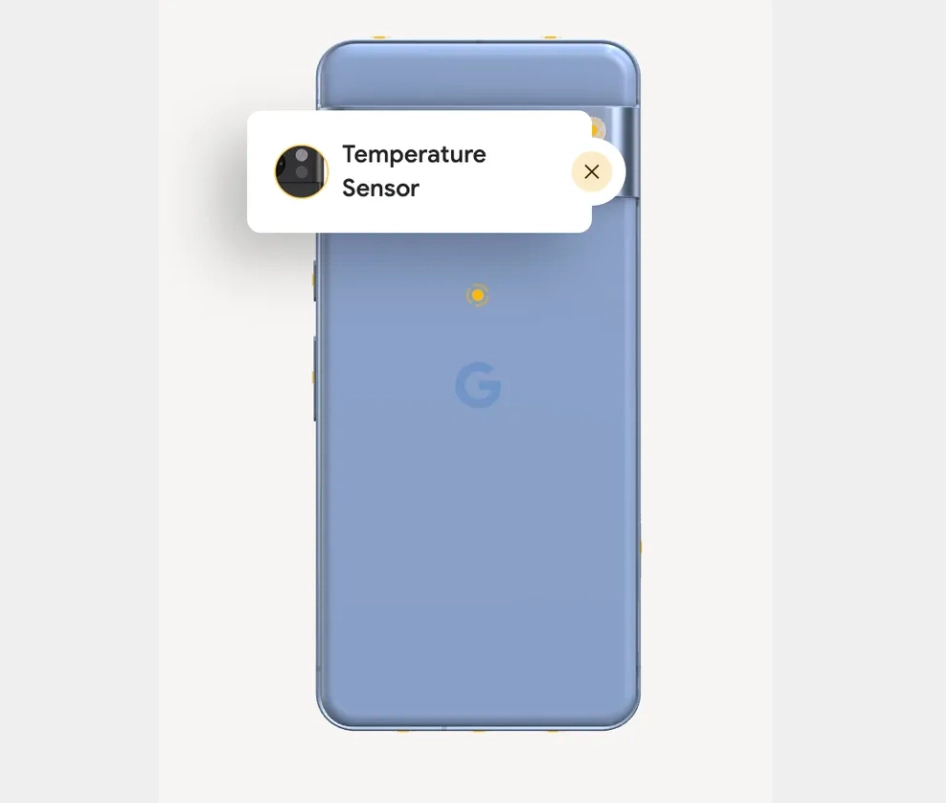
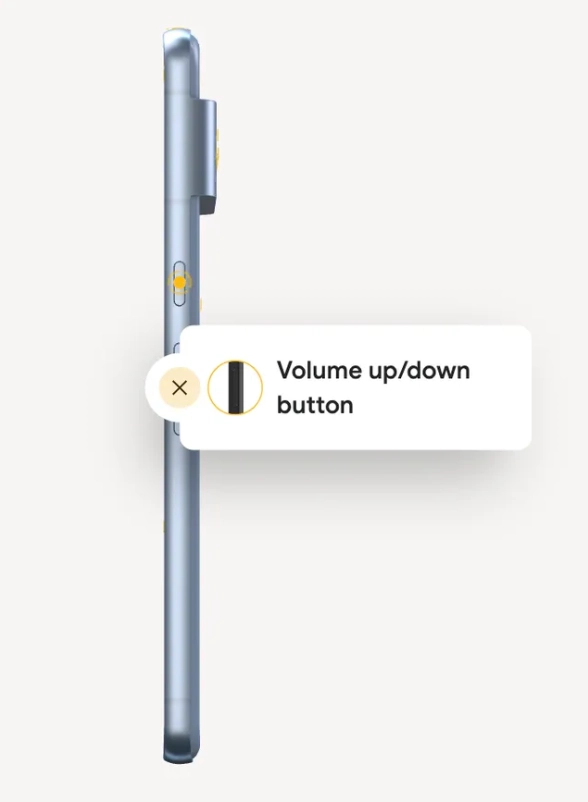
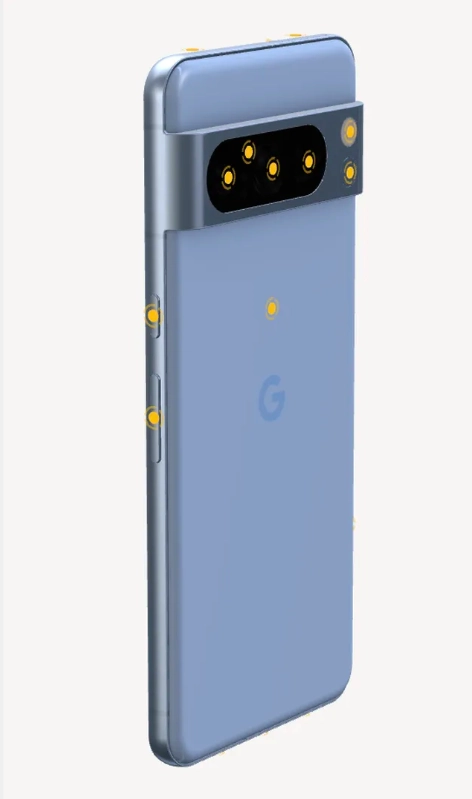
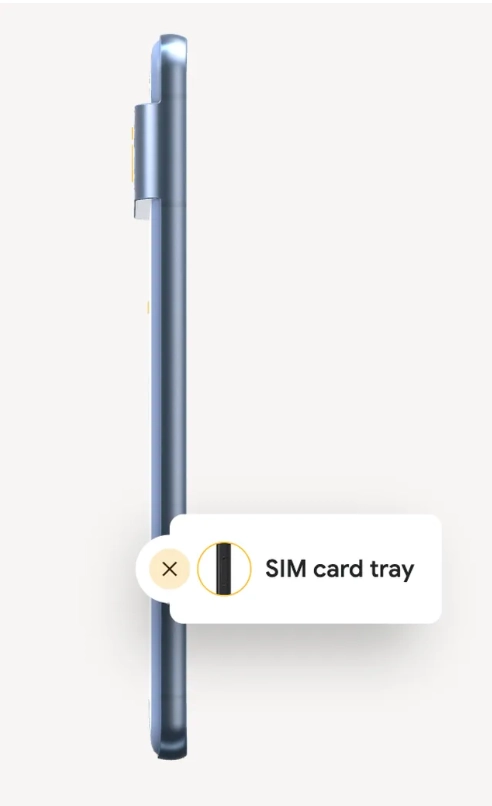
The Pixel 8 Pro is expected to have a 6.7-inch OLED display with a 120Hz refresh rate. It will be powered by the Google Tensor G3 chip and will have 12GB of RAM and 256GB of storage. It will also have a 4,950mAh battery with 27W fast charging.
The camera is one of the most important features of the Pixel 8 Pro. It is expected to have a triple-lens rear camera system, with a 50-megapixel main sensor, a 12-megapixel ultrawide sensor, and a 48-megapixel telephoto sensor. It will also have a 11-megapixel front-facing camera.
The Pixel 8 Pro is also expected to have a number of software features that will make it stand out from other phones. These features include Night Sight for videos, Magic Eraser, and Face Unblur.
I’m excited to see what Google announces for the Pixel 8 Pro next month. It has the potential to be one of the best phones of the year.
I agree, the mockups of the Pixel 8 Pro look great. I’m particularly fond of the light blue color. I’m also glad that the phone will still have a SIM card slot. This is important for people who travel frequently or who need to use two different SIM cards for work and personal use.
I didn’t notice any major software changes on the home screen either. However, I’m sure that Google will have some new software features to announce alongside the Pixel 8 Pro. I’m looking forward to learning more about them.
| Telegram | Google News |
Google Pixel
Pixel 7 series first pure 64-bit Android phone: Google
Recently Google has officially confirmed that the Pixel 7 series can only run 64-bit applications. A few days ago, blogger @MishaalRahman also told via Twitter that Google Pixel 7 series is supporting only 64-bit apps.
@MishaalRahman also pointed out that Android 13 on Pixel 7 phones doesn’t allow 32-bit apps to run, internally, the OS is still using some 32-bit libraries, which means that Google will intentionally run 32 -bit is preventing apps from running.
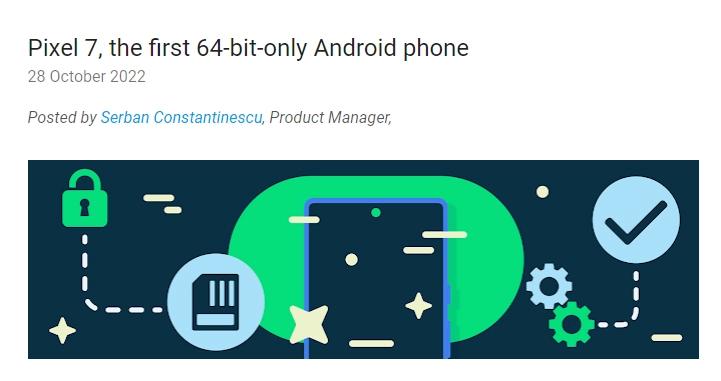
Google has shared some information about its Pixel 7 and Pixel 7 Pro phones in a blog post on the developer’s official website. Which clarified that the Pixel 7 series is the first pure 64-bit Android smartphone
Why did Google use 64 bit and what are its benefits
Google developers believe that 64-bit applications run faster than 32-bit applications because they can use additional registers and instructions that 32-bit applications cannot. Additionally, newer CPUs offer up to 25% performance gains when running 64-bit code, and some processors even drop support for 32-bit code entirely.
Plus, it can help improve security. The larger address space makes security such as ASLR more effective, and additional bits can be used to protect the integrity of the control flow. These countermeasures reduce the chance of an intruder taking control of the equipment.
Google’s developer experts say that removing support for 32-bit code can save up to 150MB of RAM, which the operating system uses even when 32-bit applications are not running. Due to this, the user gets more RAM space. Also, Google developers can use better tools like HWASan to detect device memory errors and improve application quality.
However, Google has clarified that pure 32-bit devices are still important for Android Go, Android TV, and Android Wear, and Google Play will continue to provide 32-bit applications for pure 32-bit devices.




